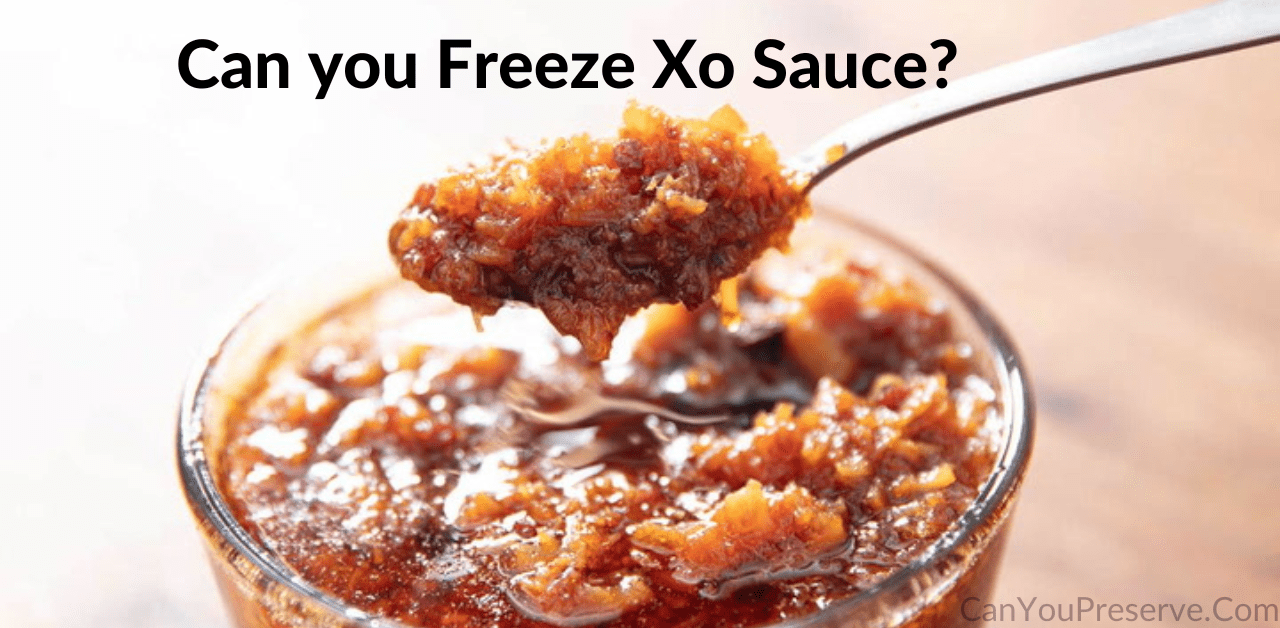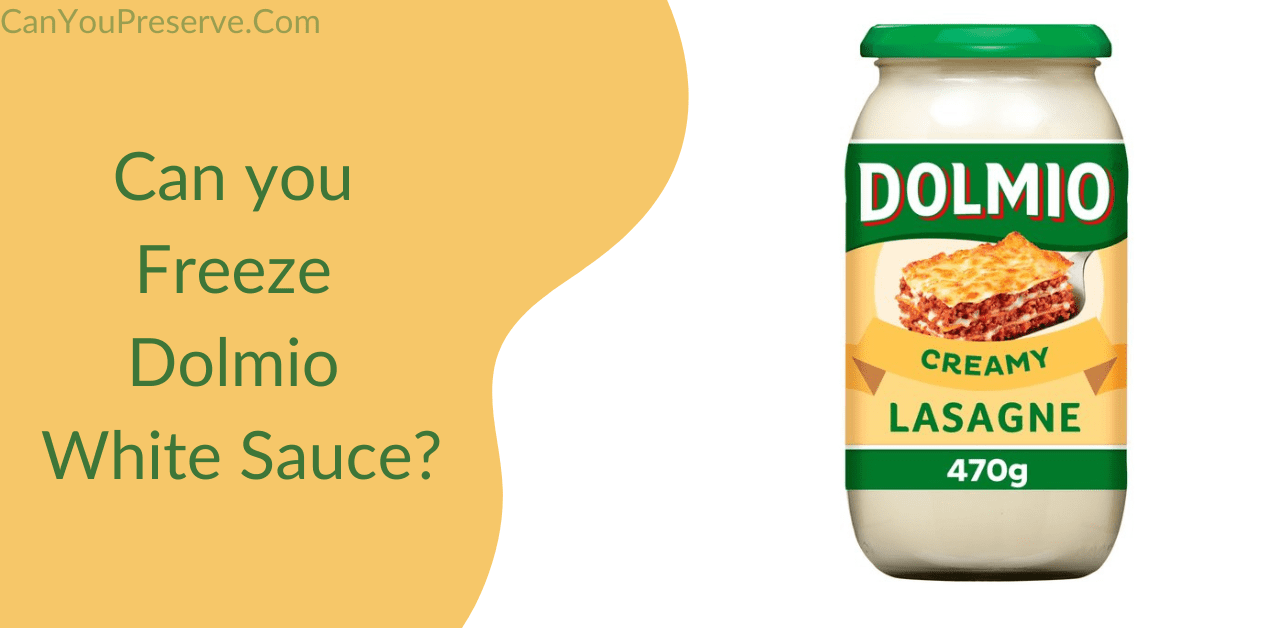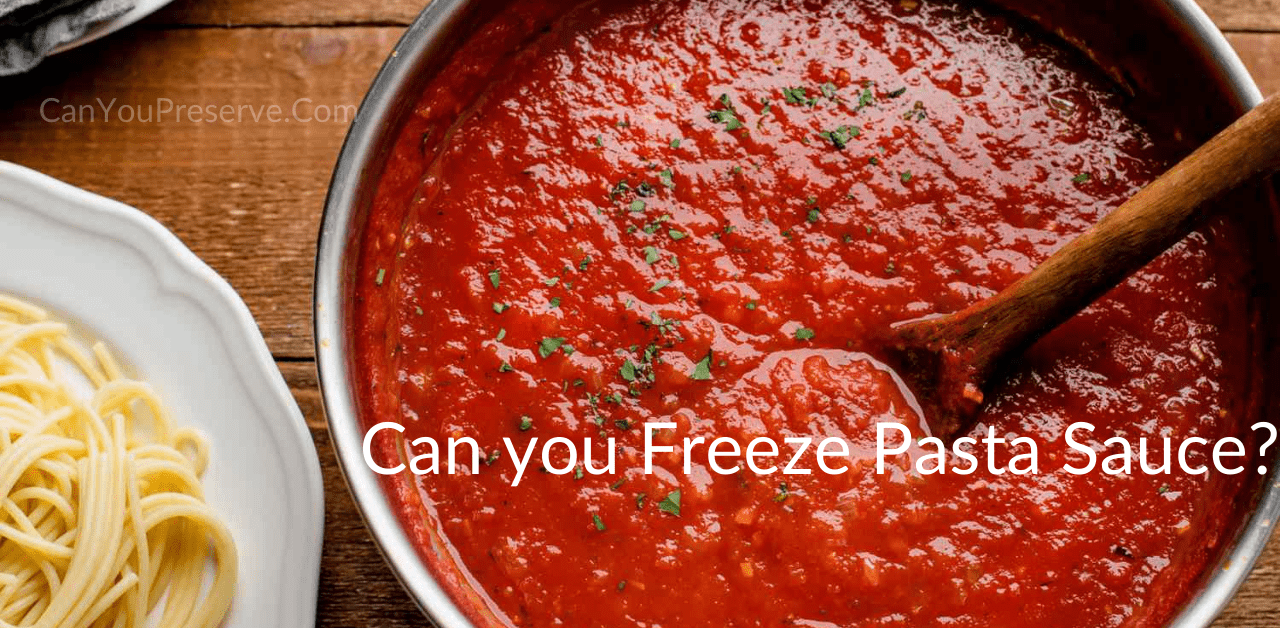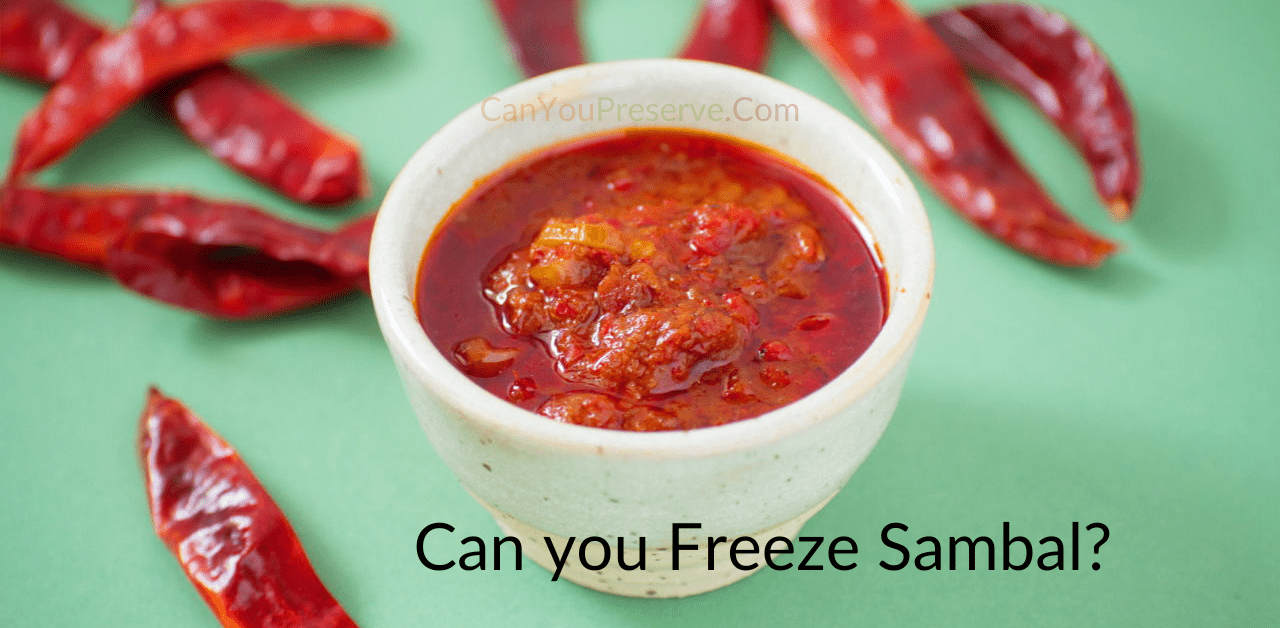Can you Freeze Xo Sauce: If you are looking for a spicy and tangy sauce that packs the perfect punch in dishes like noodles and fried rice, then Xo sauce is your new best friend. It originates from Hong Kong, and it is a wonderful example of the umami flavor, thanks to the dried shrimp and other seafood that is normally added to the sauce.
But how do you preserve this delicious sauce? Well, we are going to explain just that in this article! We will not only teach you how to freeze Xo sauce, but we will also inform you about its shelf-life, defrosting process, and much more! So stick around till the very end to learn all about freezing Xo sauce.
- Can you Freeze Xo Sauce?
- How Long Does Xo Sauce Stay Fresh in the Freezer?
- Easiest Method to Freeze Xo Sauce
- Our Top Tricks for Freezing Xo Sauce
- How To Defrost Xo Sauce Without Ruining It?
- Can You Refreeze Xo Sauce?
- Intriguing Facts About Xo Sauce
- How long does Xo sauce last in the fridge?
- Does Xo sauce freeze well?
- What do you eat Xo sauce with?
- What can I freeze Xo sauce in?

Can you Freeze Xo Sauce?
Yes! Xo sauce can easily be frozen for up to 1 month when you store it correctly. The most crucial thing to remember is that you need to store it in an airtight container so that it does not spoil in the freezer. Keep reading to find out how exactly you can freeze your Xo sauce with the help of our step-by-step guide down below.
How Long Does Xo Sauce Stay Fresh in the Freezer?
You can store Xo sauce in the freezer for about a month. After this time frame, your Xo sauce will significantly start to lose its flavor and texture. If you notice that your Xo sauce has lost a bit of its taste, then you can definitely defrost it, reheat it, and then add your seasonings to fit your preference.
However, in the fridge, your Xo sauce will only last for up to 3 to 4 weeks, as long as you store it in an airtight container.
Easiest Method to Freeze Xo Sauce
Follow the steps below to freeze your Xo sauce in no time!
- After you make your Xo sauce, allow it to cool and just add it to either one or several airtight freezer-safe containers.
- Since the sauce is filled with small solids, you need to push down on these solids so they get submerged under the sauce.
- If the solids are fully submerged, you will see the oil collecting at the top of the container. It might seem tempting to remove this excess oil, but you should not do this.
- This layer of oil will make the container airtight so the sauce does not oxidize or go through freezer burn in the freezer.
- Ensure that you seal the container tightly and safely move it to the freezer. Avoid shaking the container as this can break the oil layer on top.
Our Top Tricks for Freezing Xo Sauce
As we explained before, the layer of oil on top helps create an airtight seal that prevents the sauce from oxidizing and experiencing freezer burn inside the freezer. It also helps your sauce retain its taste and texture.
To avoid your sauce leaking and staining the other contents of your freezer, we advise that you double-check the seal of the container and make sure that it is sealed tightly before you set it in the freezer.
If you want to freeze Xo sauce in tiny portions so it is easier to defrost later, then we recommend that you freeze it in your ice cube tray. Just remember to leave a layer of oil on top of the sauce before you freeze it.
Also, Refer
How To Defrost Xo Sauce Without Ruining It?
The safest way to thaw Xo sauce is by moving it from the freezer to the fridge and leaving it there overnight to defrost by itself. This allows the sauce to defrost at an optimum temperature, without us having to heat it from outside.
The most important thing to keep in mind is that you must never reheat your Xo sauce directly from the freezer in its frozen state. If your Xo sauce is still frozen solid, then it will not get heated evenly and uniformly, and improper reheating can definitely change and even ruin the texture and taste of your Xo sauce.
Can You Refreeze Xo Sauce?
No, we do not recommend refreezing Xo sauce more than once because it contains rehydrated seafood ingredients that may not survive the repeated freezing and defrosting process. So, to stay on the safer side, it is best to only freeze your Xo sauce once, after which you must toss it out to avoid food poisoning.
Intriguing Facts About Xo Sauce
- The sauce gets its name from Xo cognac, a type of alcohol that is famous in Hong Kong.
- Rich in antioxidants such as astaxanthin, which has anti-inflammatory properties because it protects the body against cell damage caused by free radicals.
- The shrimp in Xo sauce also contributes to heart health and decreases the chances of heart attacks and other heart-related diseases.
- Xo sauce also contains a variety of seafood, which is a lot of protein that helps with our muscle development and repair.
- It is jam-packed with various vitamins and minerals that have a plethora of valuable functions in our bodies.
FAQs on Can you Freeze Xo Sauce
1. How long does Xo sauce last in the fridge?
Xo sauce can be refrigerated for up to 3 or 4 weeks, as long as you follow the safe method and store it in an airtight container.
Yes, unlike most other dishes, Xo sauce does in fact freeze quite nicely.
3. What do you eat Xo sauce with?
Xo sauce can be paired with many dishes like noodles, fried rice, meat, and seafood. Simply toss the sauce in and it will give your meal a yummy flavor.
4. What can I freeze Xo sauce in?
You can store your Xo sauce in small freezer-safe airtight containers, or even pour it into an ice-cube tray for tiny portions of sauce before you set it in the freezer.
In A Nutshell
Xo sauce is a very concentrated sauce that is originally from Hong Kong. It can be frozen for up to 1 month. All you need is an airtight container to store it safely inside the freezer.
Xo sauce is not the only food that can be frozen and preserved. Curious to know more? Well, just hop on to canyoupreserve.com for more interesting articles like this one.








